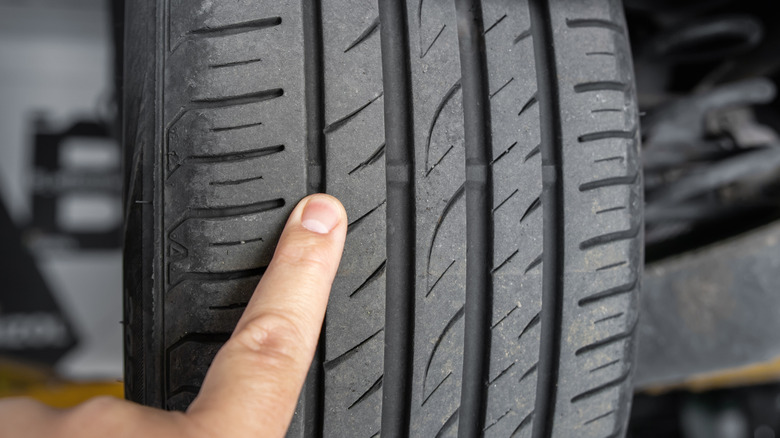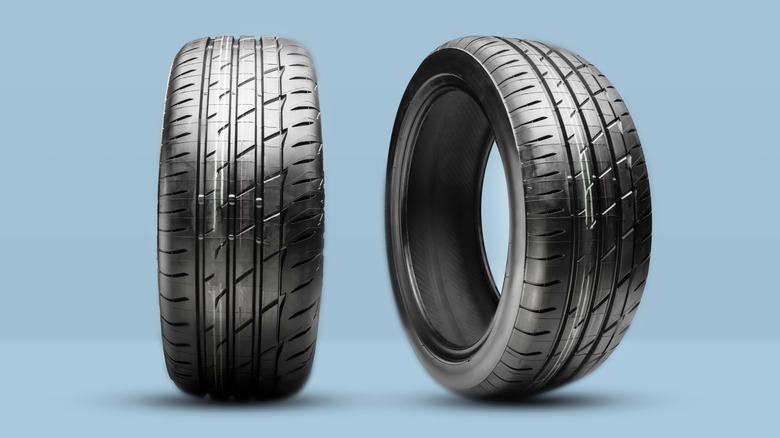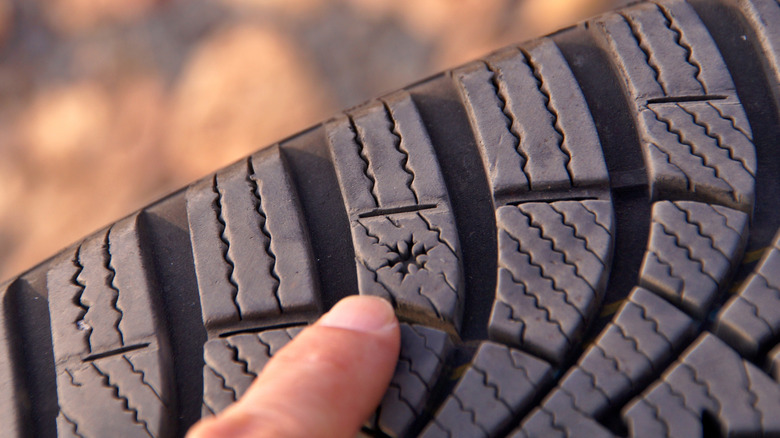How Much Should One Used Tire Cost On Average & Should You Buy A Single Or Two At A Time?
The average cost of a used tire ranges from $25 to $160, though prices can reach up to $250 for performance or oversized models. The price largely depends on four things: original retail value, remaining tread depth, age, and condition.
Used tires with high tread, usually above 6/32", tend to sell for half of what their new counterparts cost. For example, a tire that originally retailed at $200 might go for around $80 to $120 if it still has more than half its life left. Anything with 4/32" or less tread is often considered a short-term option at best, and may not even be worth a steep discount.
You should also factor in mounting costs, which can range from $15 to $60 per tire, depending on the shop. Combined with delivery fees, a "cheap" tire can add up quickly if its lifespan is limited. In most cases, the best value sits in the midrange — not the cheapest tire, but the one with the most safe miles left.
Should you buy a single used tire or two at a time?
Buying just one used tire can seem like the cheapest option, especially if it's an emergency fix. However, that decision hinges on the condition of your existing tires: If your current set still has 70% or more tread remaining, and you can find a used tire that matches in brand, model, and tread depth, replacing just one can be acceptable — especially on two-wheel-drive vehicles.
For all-wheel drive vehicles, replacing one tire is even riskier. AWD systems are sensitive to differences in tire circumference; even small mismatches can cause drivetrain strain or damage over time. In those cases, all four tires often need to be replaced to maintain proper function.
However, replacing a matching pair is the next best choice when money is tight and four tires aren't feasible. This makes the most sense when both front tires are significantly more worn out than the rear ones (which is normally the case, even if you routinely rotate them), or when all four tires have more than 40-50% wear.
That said, mixing tread depth across axles even slightly can throw off your car's balance in corners or under braking. A mismatched grip between front and rear tires increases the risk of fishtailing, where the rear end loses traction and swings out, especially in rain or on slick roads. That's why multiple experts recommend placing the newer or better tires on the rear axle, regardless of whether your car is front or rear-wheel drive.
If you're only replacing one or two tires, ensure their tread depth closely matches the remaining ones. The closer the match, the better your car's handling and balance will be, and the less stress you'll put on your drivetrain.
What to watch out for when replacing just one or two tires
It goes without saying that you should check the size, speed rating, load index, and ideally match the brand and model of your existing tires. There are a few manual checks you'll want to do as well before handing over any money.
The first thing to do is check tread depth using a tire depth gauge. If the tire has anything less than 4/32", it's likely near the end of its usable life, and you shouldn't buy it. This is especially true if you're driving in rain or snow, where shallow tread can increase stopping distance and hydroplaning risk.
Age also plays a big role. A tire that's over six years old begins to lose flexibility and bonding strength, and may have internal wear. Most safety guidelines set a 10-year maximum, but experts recommend staying well under that, especially if the tire shows signs of cracking, dry rot, or uneven wear. To verify the age, look for a printed four-digit code on the sidewall. A tire marked "2319" was made in the 23rd week of 2019.
It's also important to inspect the sidewalls and the bead area — the part of the tire that seals to the wheel. Look for cracks, bubbling, or missing chunks. These are signs the tire may not hold air properly. Finally, check the inside of the tire for old patches. A plug in the center of the tread might be fine, but anything near the shoulder or sidewall? That's a hard pass.
When you're only replacing one or two tires, every variable matters a little more. The closer you can match tread depth, age, and condition, the better your chances of staying safe and getting your money's worth.


